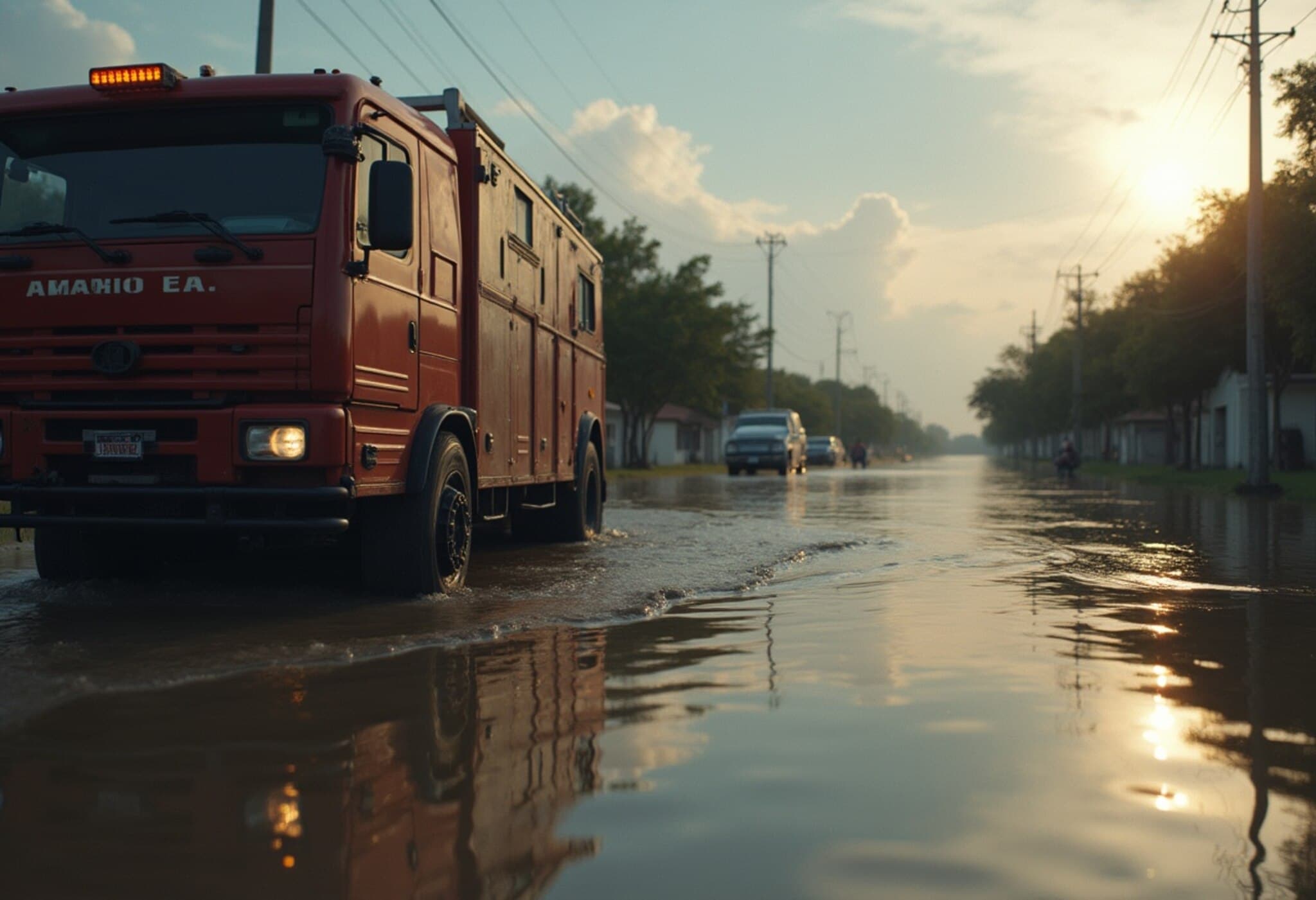Trump Surveys Devastation in Texas Following Catastrophic Floods
On July 11, 2025, President Donald Trump arrived in Texas to personally assess the aftermath of the unprecedented floods that ravaged the state during the Independence Day weekend. The flooding, which claimed at least 120 lives and left over 160 people missing, exposed vulnerabilities in disaster preparedness and reignited debate around the future of the Federal Emergency Management Agency (FEMA).
Flooding in Texas: A Tragedy in “Flash Flood Alley”
The floods struck in the early hours of July 4 after intense rain caused the Guadalupe River to swell rapidly, breaching its banks and overwhelming nearby communities such as Kerrville. Often referred to as part of "flash flood alley"—an area notorious for sudden and severe flooding—the disaster has put local officials under the microscope for their unpreparedness amid warnings.
Kerr County officials have reported that many of the missing are children, including attendees of Camp Mystic, an all-girls summer retreat situated precariously close to the riverbank. Despite ongoing search efforts, no new survivors have been found.
Political Fallout and FEMA's Uncertain Role
The visit thrust President Trump into the center of a politically charged conversation about federal disaster management. Criticism has mounted over proposed funding cuts to emergency services and the president’s ambiguous stance on FEMA’s future. Trump has previously floated ideas to decentralize disaster response powers to state and local governments, but has not ruled out abolishing FEMA entirely.
Speaking to reporters before his departure, Trump called the floods a "once-in-every-200-year event" and expressed shock at the rapidity and volume of water. Yet at a gas station in disaster-stricken Kerrville, graffiti blamed him for recent budget cuts to emergency services, highlighting the public’s frustration.
Federal and State Response: Collaboration or Conflict?
Joining the president was Homeland Security Secretary Kristi Noem, who emphasized the federal government’s subsidiary role in disaster management, stating, “We as a federal government don’t manage these disasters. The state does.” Noem, co-chairing a FEMA review council, has been tasked with recommending reforms aimed at enhancing responsiveness and accountability.
White House Press Secretary Karoline Leavitt underscored that discussions are ongoing regarding the optimal division of responsibility between federal and state authorities, assuring that Americans will receive necessary support regardless of which level of government provides it.
Meanwhile, Texas legislators are convening a special session to evaluate the flood response and debate additional disaster relief funding. At the federal level, Senate Democratic leader Chuck Schumer has requested a formal investigation into whether staffing cuts impacted the effectiveness of weather warnings prior to the catastrophe.
Broader Implications: Disaster Preparedness in a Changing Climate
This tragedy spotlights critical questions facing the United States: as extreme weather events become more frequent and severe due to climate change, how should disaster preparedness and response evolve? The apparent absence of a functional flood warning system in Kerr County – partly due to a failure to secure state funding – exemplifies broader infrastructural and bureaucratic challenges.
Experts argue that proactive investment in early warning systems, resilient infrastructure, and robust emergency planning is not merely prudent but urgent. The debate about FEMA’s mandate may well become a litmus test for America’s commitment to safeguarding vulnerable communities against future disasters.
Editor’s Note
The flood tragedy in Texas lays bare the complex tension between federal oversight and state-level responsibility in disaster management. While the political debate about FEMA's future unfolds, the human cost is painfully evident, especially among the children lost at Camp Mystic. This crisis invites reflection on how the nation prioritizes emergency preparedness amid budgetary pressures and climate uncertainties. Will reforms and investment follow this heartbreaking event, or does the current trajectory risk leaving communities exposed to recurring devastation?



















